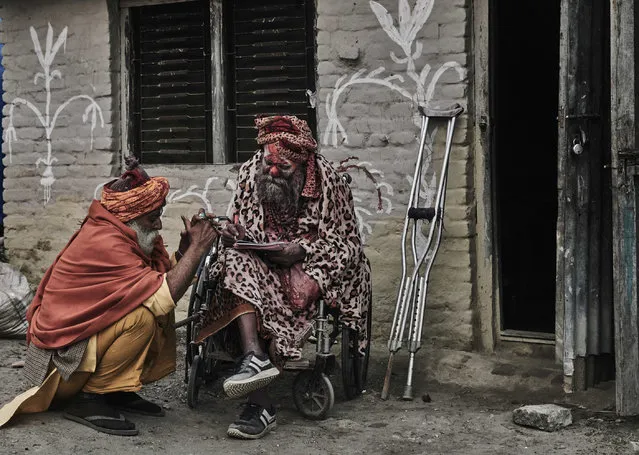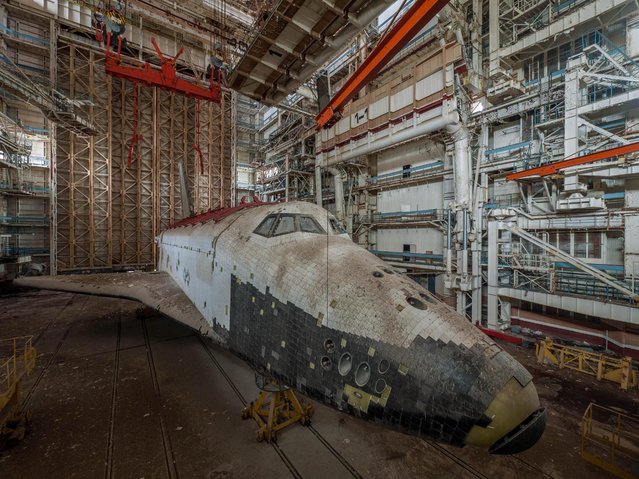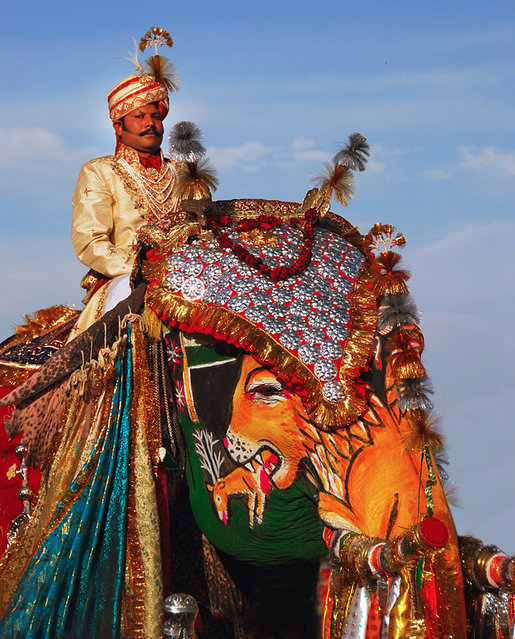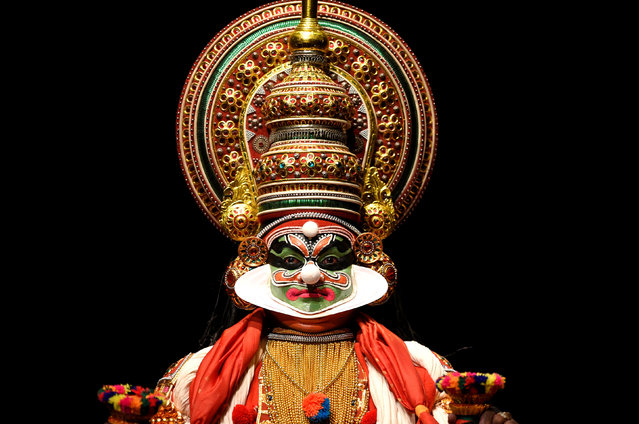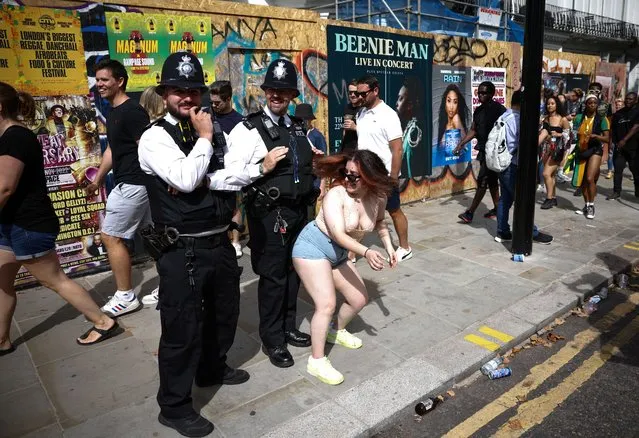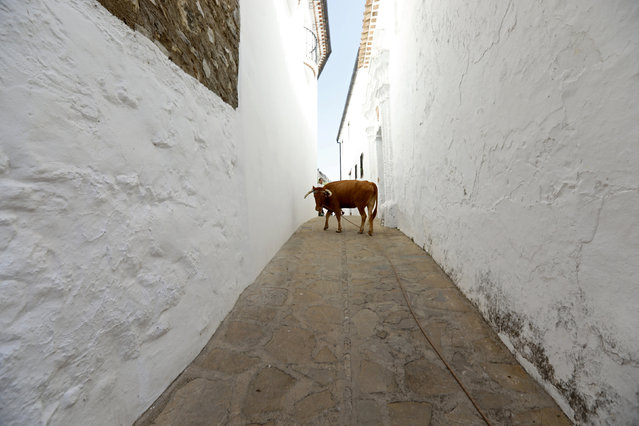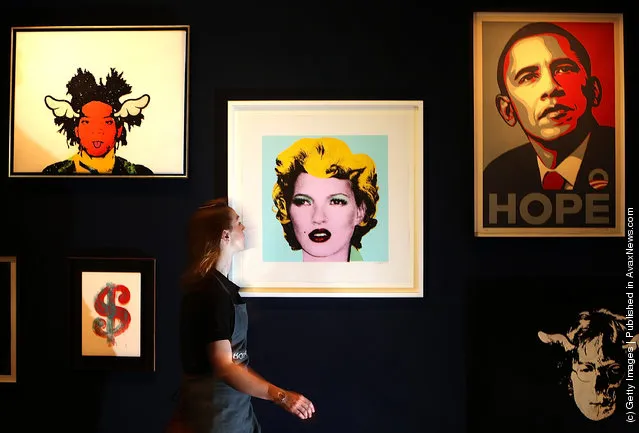
Employee Victoria Livesey walks past Banksy's “Kate Moss 2005” on display at Bonhams on March 23, 2012 in London, England. The painting, estimated at GBP 30,000 – 50,000, USD 48,000 – 79,000 and 35,000 – 59,000 euros forms part of the Urban Art Sale, which takes place at Bonhams on March 29, 2012. (Photo by Peter Macdiarmid/Getty Images)
24 Mar 2012 11:00:00,post received
0 comments

